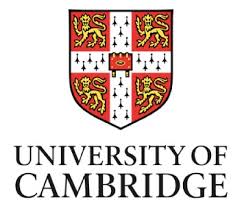University of Cambridge

With more than 18,000 students from all walks of life and all corners of the world, nearly 9,000 staff, 31 Colleges and 150 Departments, Faculties, Schools and other institutions, no two days are ever the same at the University of Cambridge.
At the heart of this confederation of Departments, Schools, Faculties and Colleges is a central administration team. It is small because the Colleges are self-governing and teaching staff carry out much of the daily administration at Cambridge.
Structure
The University is a confederation of Schools, Faculties, Departments and Colleges. The Colleges are governed by their own statutes and regulations, but are integral to the make-up of the University of Cambridge.
Colleges
Students live, eat and socialise in one of the University’s 31 autonomous Colleges. Undergraduates receive College supervisions – small group teaching sessions – regarded as one of the best teaching models in the world.
Each College has its own internal procedures. They select their own students, subject to University regulations, and most admit both undergraduate and postgraduate students. College representatives sit on the University Council and Finance Committee.
Schools
There are six Schools, which each form an administrative grouping of Faculties and other institutions. They are: Arts and Humanities, Biological Sciences, Clinical Medicine, Humanities and Social Sciences, Physical Sciences, and Technology.
There is a Council of each School – including representatives of its Faculties and Departments. The Schools are represented on the General Board.
Faculties and Departments
University Faculties organise teaching and research into individual subjects or groups of subjects. Their work is normally organised into sub-divisions called Departments.
Centres of studies are controlled by committees of management, bringing together representatives from several disciplines.